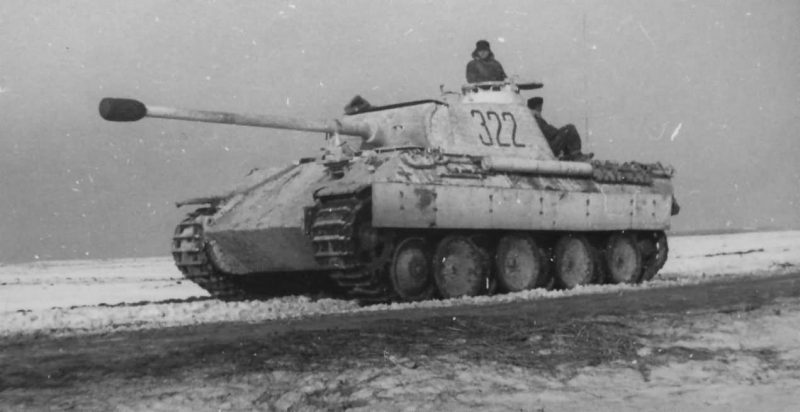On June 23, 1944, the major offensive of Operation “Bagration” began. On July 15, Soviet troops from the north began to liberate the city of Grodno. As a result of fierce battles, most of the city was liberated from fascists within one day.
However, before the operation began, Marshal Zhukov changed the direction of the blow from Bialystok to Augustow. The change of direction put the weakened Soviet units at a disadvantage. The Germans decided to use this chance to eliminate the bridgehead at Grodno.
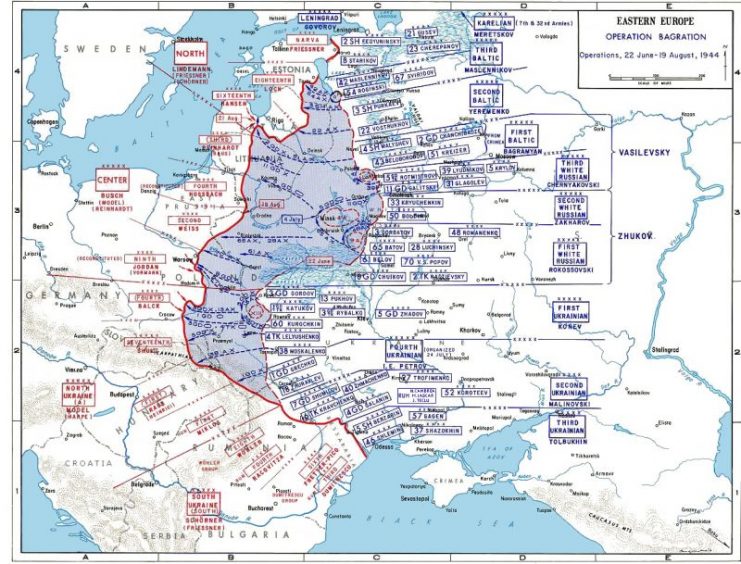
The counterattack was started by the 3rd SS Panzer Division “Dead Head”. The division was made up of about 120 tanks and vehicles including Panthers and Tigers.
The main blow fell on the left flank of the Soviet troops. As a result, the offensive fell on the first and second battalions of the 455th Infantry Regiment, 42nd Division. The deputy commander of the regiment, Major Sidorets, unified the remaining soldiers and created a defense at Fort No. 1 in Grodno. The fort dates back to Csarist Russian times but was mostly in ruins.
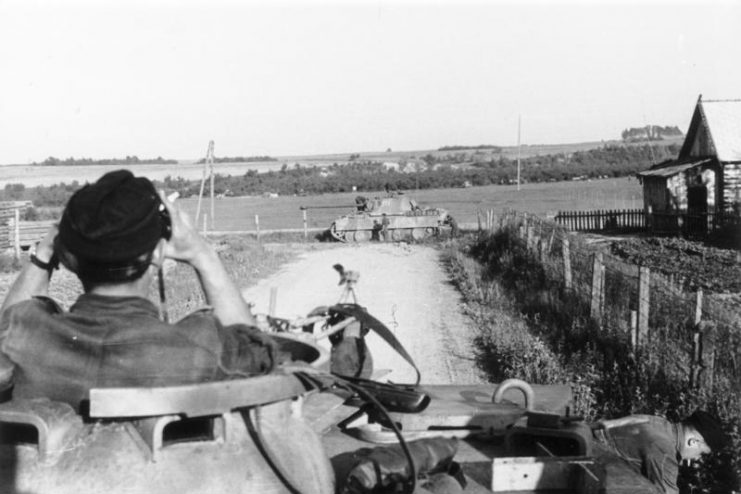
The first and second Soviet battalions were in possession of several 45-mm guns. Together with the support of several auxiliary units, they managed to repulse several determined German attacks. The walls of Fort No. 1 played an important role since they proved inaccessible to tanks.
Taking advantage of the fort, Soviet soldiers kept the enemy at a distance. In order to storm the fort, the Germans brought in the 16th sapper company of the 3rd SS Panzer Division. Memories of one of the participants of the assault:
«… We make our way further to the fortifications. However, barrage fire is so strong that we are forced to step back. The attack must be repeated in the dark …»
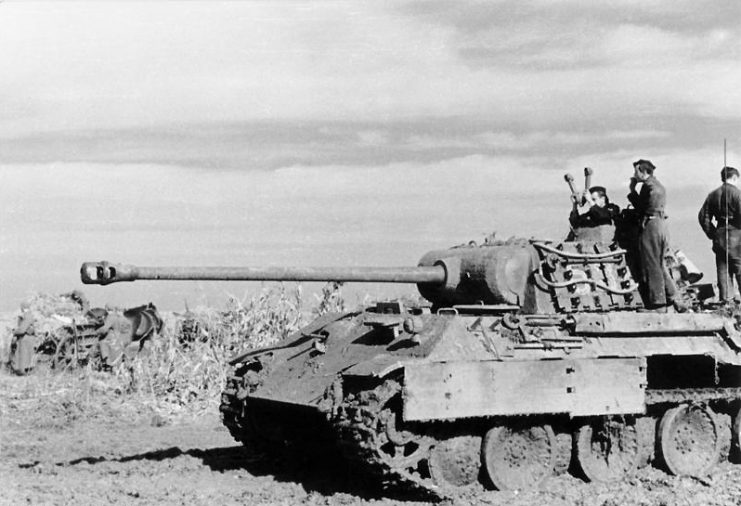
During one of the next attacks, the Germans managed to breach the walls. Aware of the seriousness of the situation, Major Sidorets on the radio triggered artillery fire on his own positions.
The decision to open fire on his soldiers defending at Fort No. 1 was given by the commander of the 50th Army, Lieutenant-General Boldin. As a result of the artillery fire, the Germans temporarily fell back from the fort.
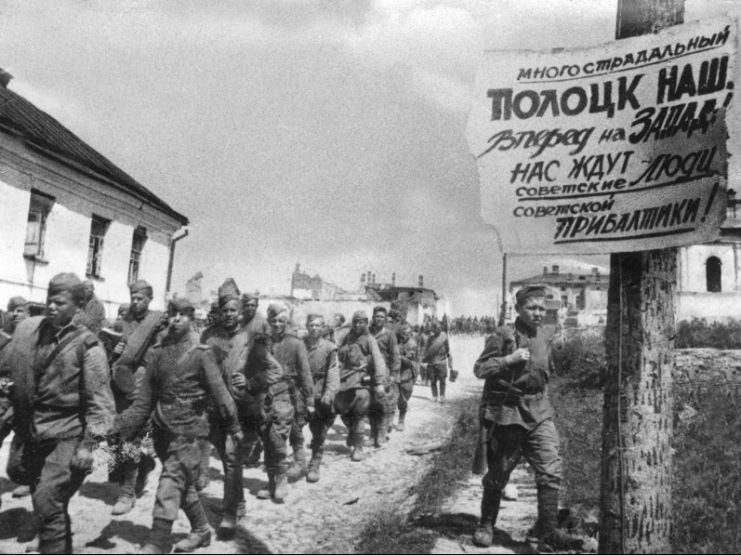
On the night of July 19, most of the defenders (wounded and weakened) left their positions. They managed to break through to the main positions of the Soviet troops located near the Neman River. In the fort remained a small group of soldiers from Lieutenant Podgursky’s company.
Covering the those retreating they failed to leave their positions. Ammunition was coming to an end, the radio was out of order and the supply of food was running out. For these reasons, the defense had lost effectiveness.

Because of the lack of soldiers, it was decided to narrow the perimeter of the fort’s defense. The remaining battles took place on the ruins of a concrete parapet.
Memories of sappers from the 3rd Panzer Division of the SS:
“… We drove barrels of gasoline to the fortifications, poured their contents into a three-story casemate and set it on fire. We hoped that by the fire we would force the Russians to surrender. However, it was not enough! Only a few Red Army soldiers surrendered, most still resisted … As soon as we were inside, the shots rumbled again…
Our good and tough preparation serve us well. We moved forward to the lowest floor and threw a few grenades. However, the Russian garrison would not give up. These are stubborn and tough guys. With the Red Army prisoners, we tried to persuade the garrison to surrender. The captive, “Ivan”, translated our words. In response, the Russians shot their comrade. The battle begins again…”

Under pain of death, several of the surviving Soviet soldiers left their positions and surrendered. According to unconfirmed reports, 8 soldiers and officers managed to escape. Before the arrival of Soviet troops, they were hiding in the house of a resident of the village of «Solovi», B. Yakutsevich.
The last survivors of the fort, lieutenants Podgursky Nikolai and Andrei Shipeyev refused to surrender. Each of them left a suicide note and shot himself. Nikolai Podgursky wrote:
«Comrades! Who will find us dead, so know that we died honestly, as befits the soldiers of the Red Army, protecting the honor and independence of our Motherland. Death to the German invaders! Take revenge for us, comrades. Lit Podgursky».
Andrey Shipeyev wrote:
«Shorci do not surrender to the enemy alive. Let those in Shoria learn, as we fight and die officers-shorсi»
(Mountain Shoria is a mountain-taiga region located in the southern part of the Kemerovo Region. Homeland of Lieutenant Shipeyev)
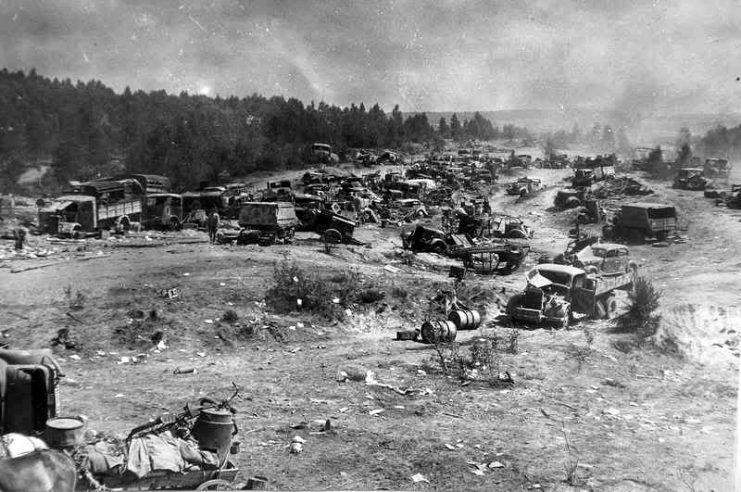
According to German data, the assault on the fort finally ended only on July 20, 1944. As a result, German troops captured about 15 mortars and several anti-tank guns. Losses of Soviet troops amounted to 30 wounded and 40 killed.
Today, there is a monument to the “Immortal feat of wars,” in honor of the dead soldiers and officers of the 455th Infantry Regiment. Another monument to the soldiers of the regiment is located in the village of Zagorany.
